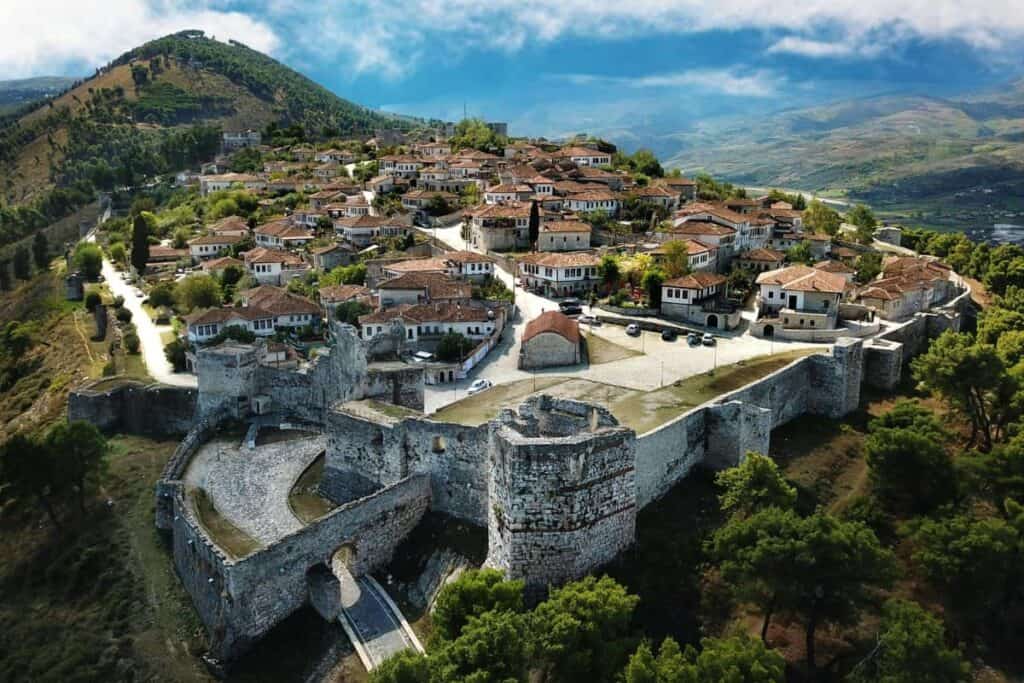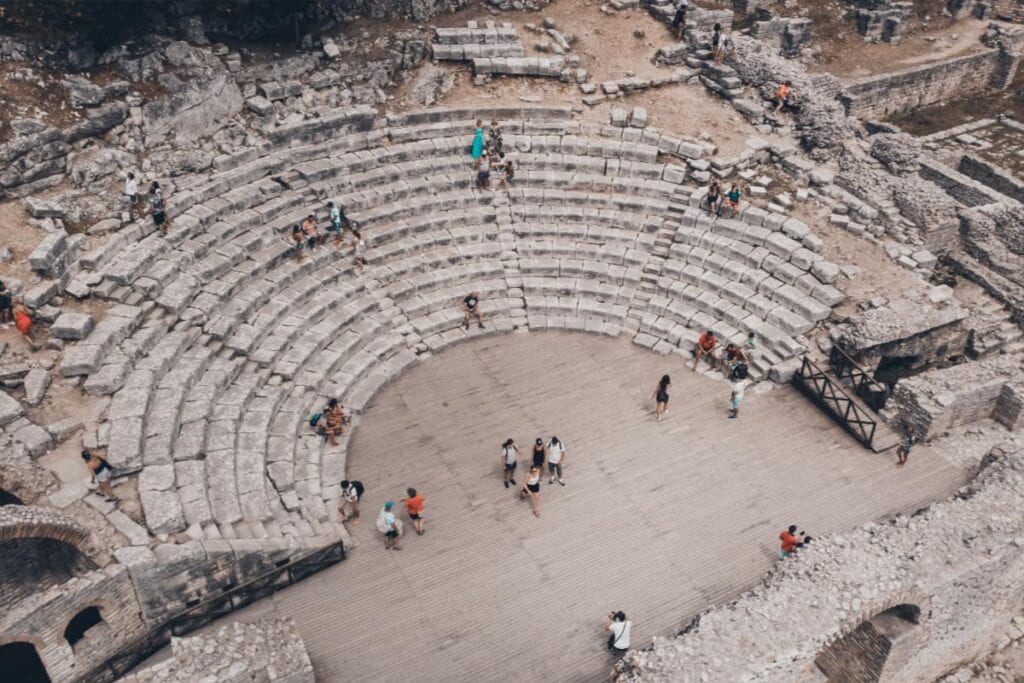Albania, a land of mountains and legends, boasts a rich cultural heritage reflected in its traditional dances. These dances are not just an art form but a deep expression of Albanian identity, history, and community spirit. Rooted in centuries-old traditions, Albanian dances continue to captivate audiences with their energy, beauty, and storytelling.
The Heartbeat of Albanian Culture
Dance has always played a vital role in Albanian life. It is a way to celebrate significant life events, from weddings to harvest festivals, and to honor historical milestones. These dances are deeply tied to Albania’s regional diversity, with each area boasting its unique style, music, and costumes.
Types of Albanian Traditional Dances
- Valle Popullore (Folk Dances):
These dances are the most iconic and widely performed. Groups of men and women dance in synchronized movements, often forming circles or lines. The steps vary from region to region, but they all share an emphasis on unity and rhythm. - Valle e Burrave (Dance of the Men):
This is a powerful and energetic dance traditionally performed by men. It highlights strength, bravery, and the warrior spirit of the Albanian people. The dancers often mimic the movements of warriors, with dramatic leaps and stomps. - Valle e Grave (Dance of the Women):
Known for its grace and elegance, this dance is performed by women in flowing movements that symbolize beauty and harmony. The steps are usually slower, showcasing intricate footwork and the richness of traditional Albanian costumes. - Wedding Dances:
Weddings in Albania are incomplete without traditional dances. The bride and groom often perform a special dance, joined by family and friends in a joyful celebration of love and unity.
The Role of Music and Costumes
Traditional Albanian dances are accompanied by live music played on folk instruments like the çifteli (a two-stringed lute), lahuta (a one-stringed instrument), and drums. The rhythm and melody set the tone for the dances, often starting slowly and building into a lively crescendo.
Costumes are another highlight of Albanian dances. Each region has its distinct style, featuring vibrant colors, intricate embroidery, and symbolic motifs. Men wear traditional fustanella (pleated skirts) or trousers with embroidered vests, while women don ornate dresses with gold or silver threadwork, headscarves, and jewelry.
Preserving the Tradition
In recent years, efforts have been made to preserve and promote Albania’s dance traditions. Folk festivals like the Gjirokastër National Folklore Festival provide a platform for dancers and musicians to showcase their talents. Cultural organizations and schools also teach younger generations the art of traditional dance, ensuring its survival.
A Timeless Expression of Identity
Albanian traditional dance is more than entertainment; it is a living testament to the country’s resilience, creativity, and love for community. Whether performed in a small village or on an international stage, these dances unite Albanians and invite others to experience the vibrancy of their culture.
So, the next time you hear the rhythmic beats of Albanian folk music, let yourself be transported to a world of timeless tradition and shared joy.


